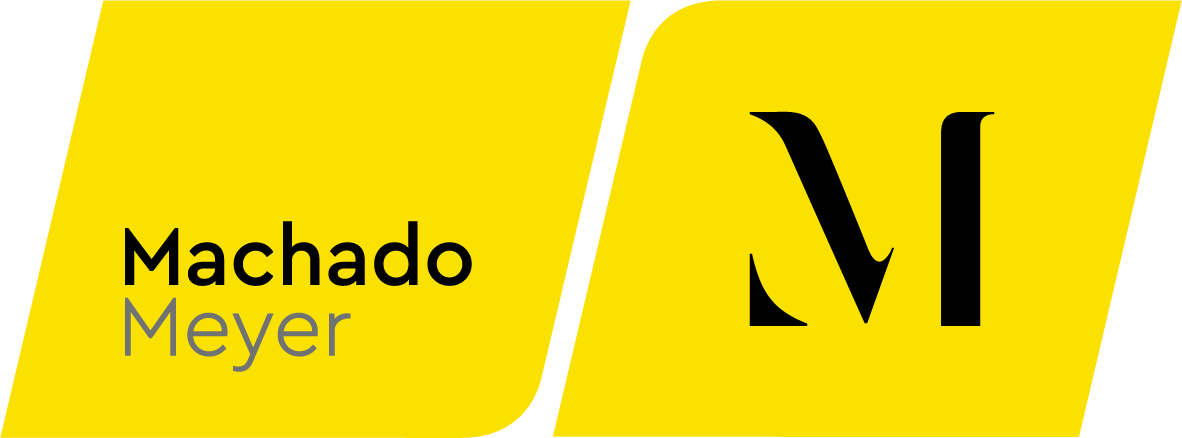CVM Instruction 606, published on March 25, promoted changes in CVM Instruction 555 in order to regulate the Incentivized Infrastructure Investment Funds (FI-Infra) under the terms of article 3 of Law No. 12,431/11. The objective of the measure was to incentivize the participation of the capital markets in the financing of infrastructure projects, whose progress has been hampered by the conditions of the political and economic scenario.
The FI-Infra will be governed by CVM Instruction 555, duly adjusted to include some rules from Law No. 12,431/11, which limits the investment in certain assets as a requirement for granting tax benefits to the fund's unitholders.
Among other changes, the new text allows the FI-Infra to be targeted also to non-qualified or professional investors, according to specific regulations.
"Individuals, especially in the case of retail investors, will be able to rely on professional management to better assess the risks and returns associated with these long-term assets, as well as greater portfolio diversification, essential for dilution of investment risks," said Antonio Berwanger, Market Development Superintendent of the Brazilian Securities and Exchange Commission (CVM).
Among the changes made, the instruction relaxed the FI-Infra investment limits in other types of funds, such as Real Estate Investment Funds (FII) and Debt Receivables Investment Funds (FIDCs), and assets such as Real Estate Receivables Certificates (CRIs) and Agribusiness Receivables Certificates (CRAs). Thus, the limit per issuer goes from 20% to 40% for funds for qualified investors (with more than R$ 1 million invested) and there will be no limits for professional investors (more than R$ 10 million).
As a consequence of the changes, other types of funds may migrate to the IF-infra system. Article 3 governed this migration, to be carried out by a decision of the unitholders in a general meeting. In such cases, the tax treatment of the income of the unitholders of an FI-Infra and of the unitholders of investment funds in units of investment funds (FIC) whose portfolio consists of at least 95% units of FI-Infras and the capital gains received by such unitholders with the sale of their units will be: (i) 0% income tax in the case of foreign investors not resident in countries that do not tax income or tax it at a maximum rate of less than 20%; (ii) 0% income tax in the case of individual unitholders; and (iii) 15% income tax in the case of a legal entity, in the form of exclusive withholding tax.
In relation to the purchase of assets, FI-Infras directed to the retail public may now acquire assets still in the pre-operational phase, a necessary condition for financing in the infrastructure sector. There was also loosening of concentration per issuer.
Under the new rules, retail FI-Infras, which previously could not have more than 5% in a single asset, that is, they needed 20 assets from 20 different groups to form a portfolio, may invest in only five. The instruction further amends other classification rules and exempts administrators and managers from penalties in the event of passive disqualification.
Experts believe that the changes in CVM Instruction 555 should stimulate the creation of FI-Infra funds, since managers can offer clients a differentiated investment option, as well as flexibility in the portfolio classification. With this incentive, the implementation of the new normative provisions clearly tends to favor expansion of the volume of finds destined to infrastructure projects.
